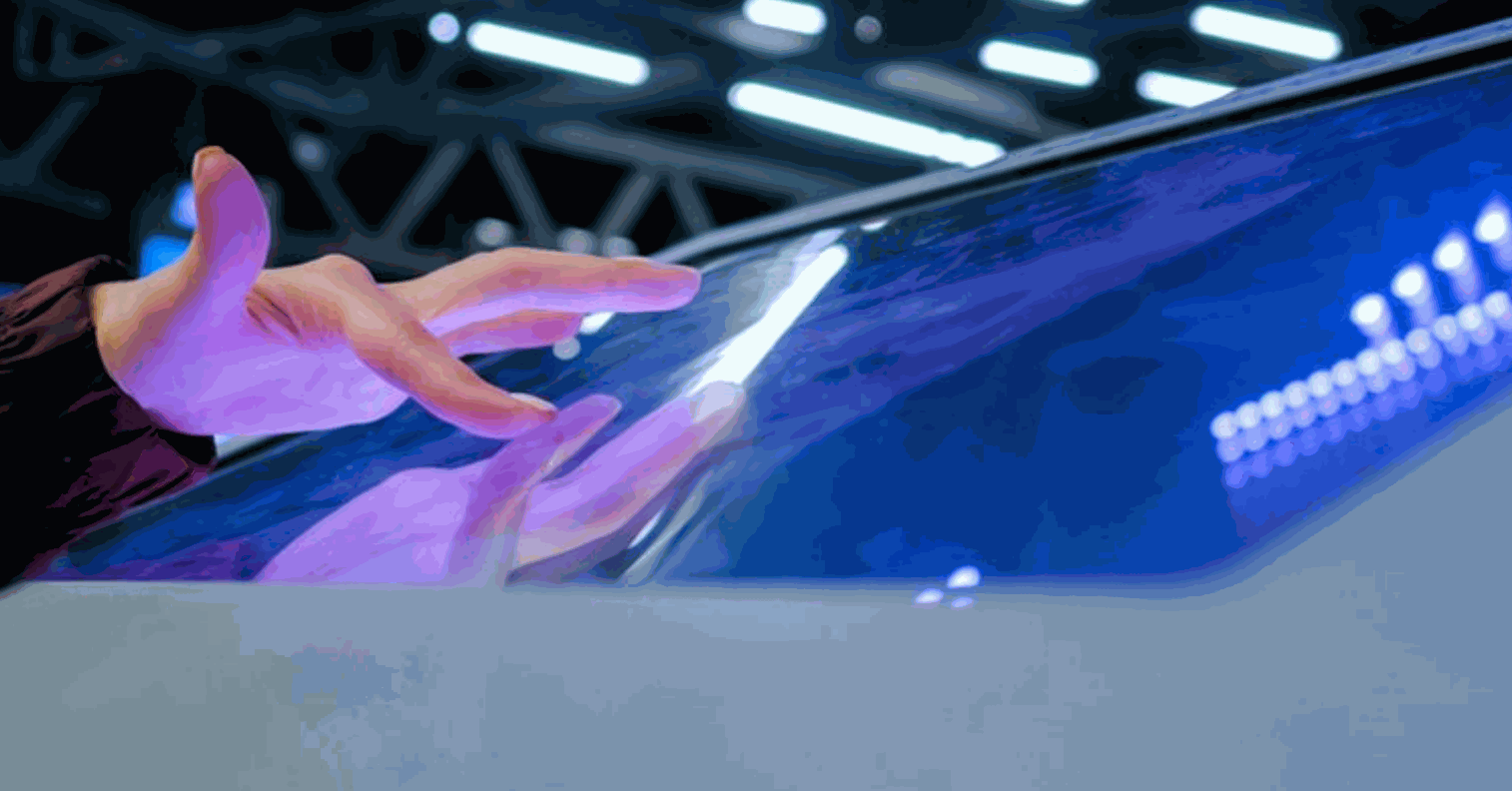Despite the coronavirus, touch is not going away. In fact, over time, it may very well increase its presence in public spaces. How can this be?

The coronavirus pandemic has made each of us very self-aware about how we interact with the world. Perhaps inevitably, this increased attention has led to concern among many of us in the industry that touch-first digital deployments are witnessing the beginning of the end. Touch, some say, is going to be another viral victim as the public swings its fickle eye toward touch-alternatives.
The truth is touch is not going away. In fact, over time, it may very well increase its presence in public spaces. How can this be?
It's not because of what science tells us. Yes, for example, the U.S.-based CDC has somewhat walked back its concerns about transmission by touch. But this is not a matter of rationality. Concerns about cleanliness are both instinctual and influenced by emotion. Needless to say, we live in emotional times.
The reason touch has staying power is two-fold:
- - It remains the most accurate communicator of preference.
- - It is far more controllable than human-to-human interaction.
For communication with digital content, touch persists as the best universal means for expressing one's preference. It doesn't care about the accent, appearance, or environment. It is not affected by noise, light, or crowds. It doesn't require training of any kind. It can run on increasingly affordable hardware. And it's fast! Feedback can be instantaneous, enabling users to complete a transaction at a time when the user's objective is speed and not dwell time.
Touch alternatives are numerous and improving in quality on a daily basis. In fact, COVID-19 aside, they are critical for addressing accessibility needs for the physically challenged. You should absolutely consider offering touch-alternatives in your interactive digital deployments. But to the exclusion of touch? Not unless the implementation demands it. Each alternative has a set of challenges:
- - Speech recognition engines can have limited vocabularies, sensitivity to ambient noise, and fragility with accents. I know it's anecdotal, but have you ever called a Help Center whose automated system asks you to either type or speak your account number? I know which one I find quicker and more reliable, and it's not reading numbers aloud!
- - Gesture technologies also have a limited "vocabulary" can require the public to form precise hand shapes or movements leading to a prohibitively long learning curve, and likely need special housing to protect sensors that may limit deployment options.
- - Use of mobile phones as a remote control raises the specter of security risks, leaves out those who lack a personal device, and can force an oversimplification of the main screen UI to accommodate phone real estate and reduce the learning curve.
- - AI-based computer vision makes (educated) guesses based on the quality of pre-trained models, resulting in inferences that are typically but not always accurate.
So, touch alternatives are critically important in their ability to help both the physically challenged and the health-concerned to work with digital content. Still, they're not (yet) a better option. Touch – something the entire public is familiar with – remains the clear leader for creating intuitive, quick, and satisfying interactive experiences.
They are also a far safer alternative to human-human interaction. Maybe I can't control the cleanliness of the touch screen, but I can control the purity of my hands immediately after – particularly if there is a sanitizer station nearby. What I certainly cannot control is the health of the person to whom I'm speaking. Remember, masks are worn to protect others, not yourself. And social distancing is the only real solution to the crisis until we have a vaccine. So, if a health-conscious citizen is given the choice of a touchscreen with sanitizer or human interaction with masks, self-service will often win out.
That is not to say the countless number of touch-first deployments have no responsibility to adapt. This "new normal" we all hear about cannot be ignored. All of us are being trained to use hand sanitizer regularly, and any touch-first digital deployment would be doing a disservice to its intended audience without having a sanitizer station nearby. Cleaning schedules also need to be frequent and visible. (Anti-microbial screens/coatings can undoubtedly help, but their presence and effectiveness are invisible to users and thus insufficient to trump the need for public cleaning activities.) And the onscreen digital content would do well to include messaging and guidance about safety and user responsibility. If you show respect and compassion in your content, users will respond in kind.
By doing these things, people will adapt. Don't turn your back on touch-alternatives, but don't turn your back on touch either. It is ubiquitous because it works, and there is no reason to be pessimistic about its future.
Source reference:
[1] Digital Signage Today,
Despite COVID-19, touchscreens aren't going anywhere